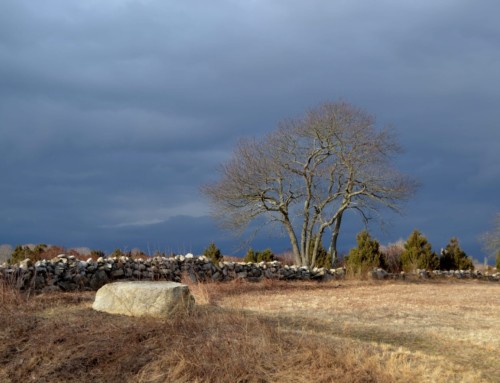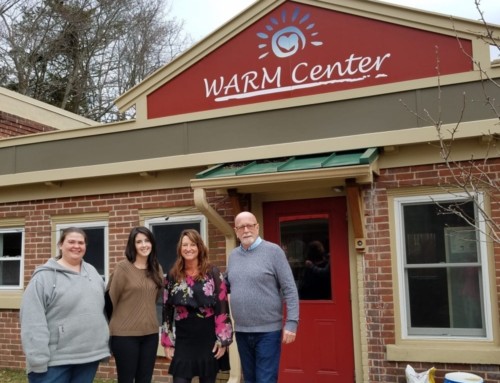One of the oldest quarry districts in New England was in Westerly, RI. Some quarries were situated a few miles away in Bradford Village, a part of Westerly formerly known as Niantic.
The most important local quarry was the former Smith Granite Company started in 1845 by Orlando Smith on a farm owned by Dr. Joshua Babcock. Westerly quarries produced some of the finest granite in the world.
Westerly became famous for its blue-white granite after the stone was first extracted from the Crumb Quarry, near the village of Bradford in 1834. In 1836 a hotel erected in Westerly is thought to be the first building constructed of Westerly granite from the Alexander Crumb Quarry.
The Crumb quarry was later owned and operated by the Sullivan Granite Company which operated until 1969. The quarries and the remains of some structures make it the most important surviving quarry and it was recommended for the National Historical Register.
Quarrying in Westerly was primitive. Quarrymen used shovels, picks, crowbars and small hand-drills. Granite was removed from the quarry by derricks and lifting devices. These devices consisted of two large vertical poles joined at the top to form an “A” shape. A block and tackle was placed at the top to lift the granite or to turn the granite for finishing. The firs products were crude curbing, paving stones and blocks for house foundations.
Quarry workers from Europe came to Westerly during the 1800’s and 1900’s. They came to provide better lives for themselves and their families. Many of them followed an indirect route working in Vermont, New Hampshire, Maine and Massachusetts before settling in Westerly.
Linda Smith Chaffee from the Smith-Babcock House Museum spoke of the many ethnic groups working the quarries. Some of them were artisans, others laborers who “mined” the granite. Finns, Irish, Italians and Scots were the majority of emigrants working in the quarries.
Scottish stone workers came from Dalbeattie and Aberdeen where they were trained to cut granite into paving blocks. Dalbeattie is credited with developing the technique to polish granite stone to form a shiny surface. When the granite industry died in Dalbeattie, many workers immigrated and brought this technique with them. Some came to Westerly to work in a sister quarry owned by Joseph Newall. By 1885 almost ten percent of the Westerly population was from Scotland.
Both men and granite crossed the Atlantic. The growth of the quarries stimulated the immigration of Scots to the New England. Joseph Newall established a stone cutting shed in Westerly in 1885 to complement his Dalbeattie-based operations. This quarry produced blue-white Westerly granite, ideal for monument work.
The Murray family from Aberdeen also worked the Westerly quarries. Between the Murrays and the Newalls, the Scots had quarries in Westerly, Baltimore, Lawrence, Massachusetts and Maine. Workers migrated between these sites. The Gourlays owned the Klondike and Red Stone quarries.
As late as 1910 the village of Bradford was described as primarily Scotch families. The Scots tended to settle in dense urban patterns. Westerly’s Granite and Benefit streets became known as “Oatmeal Alley” because of their fondness for this food.
Organizations like the Caledonian Society and the Daughters of Scotia met regularly to celebrate their Scottish ancestry. The Scots continue to hail their ancestry at The Rhode Island Scottish Highland Festival held in June in Richmond, RI.







